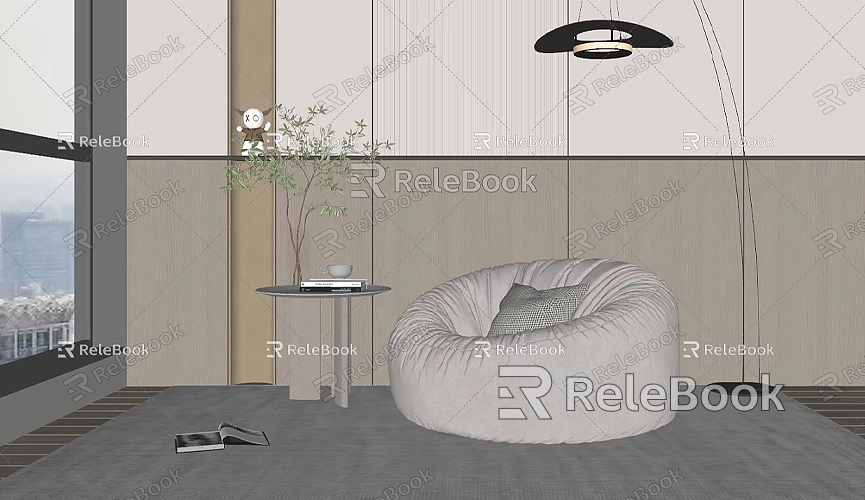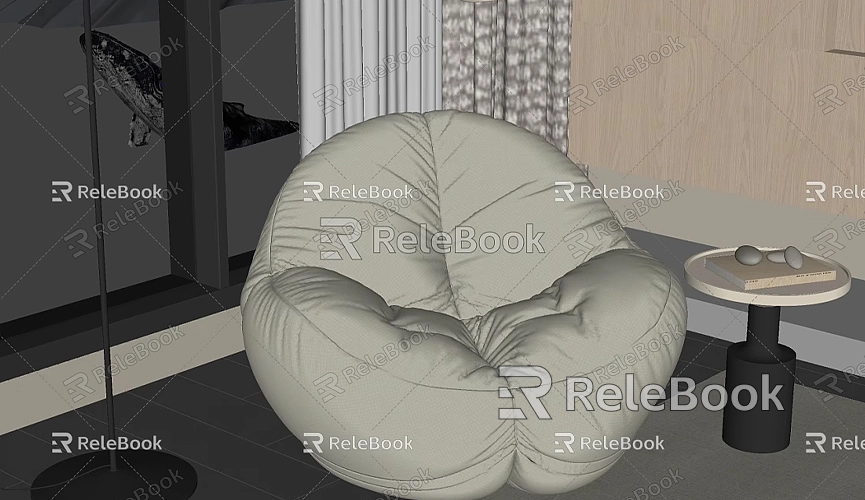How to Convert SketchUp Model to Rhino
In today’s modeling and design landscape, SketchUp and Rhino are both incredibly popular tools. SketchUp is renowned for its simplicity and quick modeling capabilities, making it a favorite among architects and interior designers. Rhino, on the other hand, is preferred by industrial and jewelry designers for its powerful geometric modeling capabilities and flexible workflow. However, there are times when you may need to convert models created in SketchUp to Rhino to take advantage of Rhino’s more robust modeling and analysis tools. This article will provide a detailed guide on how to accomplish this conversion, offering clear steps and practical tips.
Why Convert SketchUp Models to Rhino?
Before diving into the specific steps, let’s first understand why you might need to convert SketchUp models to Rhino format. While SketchUp excels in speed and intuitive modeling, Rhino is far superior when dealing with complex geometries and detailed designs. Rhino not only supports more complex geometric operations but also offers precise modeling, the ability to handle large datasets, and advanced CAD tools, making it ideal for projects that require high precision and complexity.

Preparation: Understanding File Formats and Preparing Tools
Before starting the conversion process, it’s essential to understand the file formats supported by each software and prepare the necessary tools:
- File Formats: SketchUp’s default file format is `.skp`, while Rhino supports common formats like `.3dm` (Rhino’s native format), `.obj`, `.fbx`, and more. Before converting, you need to choose the appropriate file format for exporting and importing.
- Preparing Tools: Make sure your SketchUp and Rhino software are up to date to ensure compatibility and stability. Additionally, you may need to install extra plugins or extensions to simplify the file conversion process and handle format compatibility.
Step 1: Export the Model from SketchUp
To import a SketchUp model into Rhino, you first need to export the model from SketchUp in a format that Rhino can read. Here are the specific steps:
1. Open the SketchUp model: Launch SketchUp and open the model file you want to convert.
2. Select the export format: Click on the “File” menu at the top and select the “Export” option. In the dialog box that appears, choose the file format you want to export. Recommended formats include `.obj`, `.fbx`, or `.dae` (Collada), as they have good compatibility across various platforms and software.
3. Adjust export options: You can choose whether to export textures, materials, and components in the export options. Configure these settings based on the specific project needs to ensure that all necessary information is included in the export file.
4. Save the exported file: Choose the export path and file name, then click the “Export” button to complete the process. SketchUp will convert the model data to the selected format and generate the corresponding file.
Step 2: Import the SketchUp Model into Rhino

Once you’ve exported the model from SketchUp, the next step is to import it into Rhino. Here’s how to do it:
1. Launch Rhino software: Open Rhino and prepare a new blank scene in which to import the model data.
2. Choose the import file format: In Rhino’s menu bar, click on “File” -> “Import.” Select the corresponding import option based on the file format you exported earlier, such as `.obj` or `.fbx`.
3. Locate and import the file: In the file selection dialog, find and select the model file you exported earlier. Click the “Open” button to start the import process.
4. Adjust import options: Rhino will prompt you with import options where you can decide whether to include materials, textures, and other model attributes. Configure these settings as needed, then confirm the import.
5. Complete the import: Rhino will process the imported model data, and once complete, you should see the SketchUp model in Rhino’s viewport. Check the accuracy and integrity of the model to ensure no parts are missing or damaged.
Step 3: Optimize and Further Edit the Model
After successfully importing the model, you may need to perform some optimizations and adjustments to ensure the model’s quality and effectiveness in Rhino. Here are some common optimization steps:
- Adjust units and scale: SketchUp and Rhino may have different unit settings, which can cause the model’s scale to be off. In Rhino, you can use the unit settings tool to adjust and ensure the model’s dimensions and scale are correct.
- Optimize geometry and surfaces: Sometimes, the model’s geometry may require fixing and optimization after import. Rhino offers powerful geometric editing tools that allow you to repair surfaces, merge vertices, and perform other operations to enhance the model’s accuracy and smoothness.
- Add details and effects: Rhino supports various plugins and tools that can help you add more details and effects, such as sculpting, surface adjustments, and more. Make adjustments based on your project requirements to improve and refine the model.
Tips: Enhance Features with Rhino Plugins
To more efficiently handle and optimize SketchUp models, consider installing some Rhino plugins or extensions to enhance its functionality and processing capabilities. Rhino has excellent rendering plugins, modeling tools, and data analysis tools that can help you process and analyze model data more professionally.
Through this article, we have provided a detailed overview of the steps and techniques for converting SketchUp models to Rhino format. We began by understanding why you might need to make this conversion, then discussed specific steps, including exporting models from SketchUp and importing them into Rhino. We also covered common optimization techniques and methods for further processing in Rhino, as well as how to enhance functionality using Rhino plugins. We hope this information helps you successfully convert your models from SketchUp to Rhino and further unlock their potential within Rhino.
If you need high-quality 3D textures and HDRIs when creating models and virtual scenes, you can download them for free from [Relebook](https://textures.relebook.com/). If you’re looking for beautiful 3D models, visit [Relebook](https://3dmodels.relebook.com/), where Relebook offers a vast selection of premium 3D resources.
Whether you are an architect, designer, or engineer, mastering the skill of converting models from SketchUp to Rhino will bring greater convenience and creative freedom to your work.

